The Discovery That Changed a Classroom
Maria walked into her friend's Montessori classroom and stopped in her tracks. Something was different — the children seemed more engaged, more purposeful in their movements. As she scanned the room, her eyes landed on the shelving units. Instead of the traditional linear arrangement she used in her own classroom, these shelves were placed in an offset pattern, creating natural nooks and varied sight lines.
“The children navigate the space differently now,” her friend explained, noticing Maria's curiosity. “Ever since we rearranged the shelves in this offset design, we've seen remarkable changes in how they interact with the materials.”
Transformative Advantages of Offset Montessori Shelving Systems
Offset Montessori shelves represent a significant evolution in educational furniture design, offering advantages that directly impact learning outcomes. When compared to traditional linear arrangements, these innovative configurations provide:
- Enhanced visual differentiation between learning areas, helping children mentally categorize materials
- Improved spatial awareness as children navigate more complex environments
- Natural flow control that reduces classroom congestion and creates natural boundaries
- Increased independence through clearly defined work zones that require less teacher direction
- Better material visibility as offset angles prevent materials from visually blending together
- Greater adaptability to various classroom shapes and sizes
- More opportunities for personalization of learning spaces to match developmental needs
The Science of Space in Child Development
- Research in environmental psychology suggests that the organization of physical space significantly impacts cognitive development in young children. Offset shelving creates what experts call “cognitive landmarks” — physical arrangements that help children develop mental maps of their environment.
- These landmarks support executive function development by providing clear visual cues about where things belong and how spaces transition from one activity to another.
- The deliberate asymmetry of offset shelving also mirrors the natural world, where perfect symmetry is rare, potentially helping children develop more flexible thinking patterns.
Nurturing Early Development with Ergonomic Preschool Shoe Shelf Solutions
The preschool shoe shelf is an important organizational tool for early childhood environments, helping the children develop independence and responsibility. A well-designed preschool shoe shelf would be of the right height, allowing children to manage their shoes independently. A selection of a preschool shoe shelf should include sturdy construction with rounded edges for safety and compartments sized appropriately for young children's shoes, hence eliminating a state of chaos
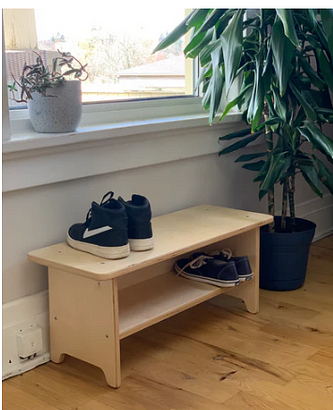
Creating Joyful Outdoor Experiences with Durable Slides for Kids
In the modern age, slide for kids are also paramount in providing that physical development, balance training, and sensory stimulation needed in early childhood. Quality slide for kids are found with very smooth, wide sliding surfaces, side rails that are safe enough, and bases that adequately ensure stability, preventing them from tipping. Slide for kids encourage adventurous play with these few or much, working on core strength, spatial awareness, and building confidence in children from an early age, whether it's in an outdoors or indoors setting.
Fostering Independence Through Purpose-Built Montessori Desk Environments
A Montessori desk embodies the educational philosophy's commitment to child-centered learning through appropriately-scaled furniture. The ideal Montessori desk features adjustable heights to accommodate growing children, with clean lines and natural materials that minimize distractions. Each Montessori desk should provide just enough workspace for focused activity without overwhelming the child, supporting concentration and independent work habits.
- The Montessori classroom is known as the prepared environment because it is purposefully prepared by a trained Montessori educator to create the optimal learning environment for children. The classroom itself is neutral, open-plan, and has a distinct sense of order, beauty and harmony. Everything has a purpose and a place.
- The wonder of Montessori learning is clearly evident when you see children interact with the prepared environment. You won't see a teacher directing a Montessori lesson at the front of the classroom, or all students simultaneously seated at individual desks.
- Instead, you will see children moving freely around the classroom, choosing their own activities, and working individually or in small groups. They may choose to work at a table, or on the floor, with a small mat to clearly delineate their workspace.
Enhancing Playground Experiences with Safe Slides for Kids Structures
Slides for kids are core playground equipment aiding gross motor skill development, coupled with pure sensory pleasure. Well-made slides for kids would have gentle slopes for the younger ones and steeper ones for the older kids, but always have proper zones for landing. When installing slides for kids, we must use weather-resistant materials and regularly inspect for safety to ensure constant enjoyment.
Supporting Developing Posture with Ergonomic Kids Stools Design
Kids stools refer to a range of simple but effective furniture that helps promote good posture and independence in childhood settings. The best kids stools should have stable bases with the right height proportions for children of different ages, promoting the right alignment of sitting. Sturdy but lightweight kids stools allow the kids to independently move their seating and thus promote individuality and responsibility in the classroom and home setting.

Integrating Learning and Organization with Montessori Shelf with Storage Systems
The Montessori shelf with storage is the combination of being able to display things but also serves a function of containment, in keeping with the method's teaching of order and access. An effective Montessori shelf with storage features low height, open shelving for the display of materials as well as reserved storage space for items that are rarely used. When setting up a Montessori shelf with storage, use natural materials with a minimalist approach to keep the calm, focused atmosphere necessary for a Montessori settings.
For instance, at home:
- You're setting up a shelf for your kids and not a classroom full of kids. The types of toys you put on the shelf may need to be rotated more frequently.
- Only your kids will use the toys, and they may grow out of them quickly or never want to use them.
- You may not have as much free time (or any time at all) to clean, declutter, and rotate toys on your shelf. Therefore, it's important to be more creative with your time.
Creating Communal Gathering Spaces with Versatile Short Wooden Bench Designs
A short wooden bench provides flexible seating options that support social development in educational settings. The ideal short wooden bench features smooth, splinter-free surfaces with sturdy construction to withstand active use by children. When placing a short wooden bench in learning environments, consider curved or rounded edges for safety while ensuring height appropriateness for the intended age group.
Optimizing Classroom Layout with Classroom Bench Seating Arrangements
Classroom bench seating offers space-efficient solutions for educational environments while promoting collaborative learning opportunities. Well-designed classroom bench seating features ergonomic support with durable materials that withstand daily use by multiple students. When implementing classroom bench seating, consider configurations that allow for quick rearrangement to accommodate different learning activities and teaching methodologies.
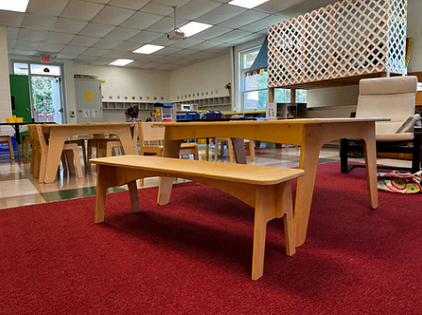
Ensuring Comfort and Safety with Specialized Daycare Chairs Construction
Daycare chairs require thoughtful design elements that address the unique needs of early childhood environments. Quality daycare chairs feature appropriate scale, lightweight construction for easy movement, and stackable designs for storage efficiency. When selecting daycare chairs, prioritize rounded edges, non-toxic finishes, and stability features that prevent tipping while supporting proper posture for developing bodies.
Embracing Child-Centered Learning with Montessori Chair Ergonomics
The Montessori chair embodies the educational philosophy's respect for children through appropriately scaled, functional furniture design. An authentic Montessori chair features lightweight construction that allows even young children to move it independently, fostering autonomy and responsibility. When implementing Montessori chair solutions, look for natural materials, simple designs, and size options that accommodate different developmental stages.
Classroom chairs in Montessori environments are versatile tools that support various learning activities:
- Individual Work: Chairs provide comfortable seating for children to engage in focused, independent work, allowing them to concentrate on tasks without distractions.
- Group Activities: Lightweight chairs enable children to easily form groups and work collaboratively, fostering social interaction and cooperative learning.
- Circle Time: Chairs can be arranged in a circle to facilitate group discussions and activities, promoting a sense of community and shared learning experiences.
Developing Independence Through Accessible Kids Stool Heights
A kids stool provides versatile seating and stepping assistance that supports developing autonomy in young children. The ideal kids stool features a stable base with appropriate height for its intended use, whether reaching sinks or sitting at activity tables. When selecting a kids stool, consider non-slip features, lightweight but sturdy construction, and rounded edges that ensure safety during independent use.
Creating Visual Interest with Modern Offset Shelves Arrangements
Offset shelves bring contemporary design elements to learning environments while providing functional display and storage space. Creative offset shelves arrangements feature staggered positioning that creates visual rhythm while maximizing wall space utilization. When implementing offset shelves in educational settings, consider secure mounting methods and appropriate height placement to ensure accessibility for the intended users.
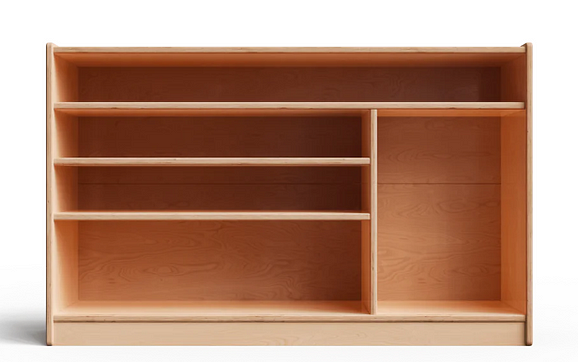
Accommodating Growth with Adjustable Wooden Shelf Flexibility
An adjustable wooden shelf system provides adaptable storage solutions that evolve with changing classroom or child development needs. Well-designed adjustable wooden shelf units feature movable components that can be reconfigured without complicated tools or processes. When selecting an adjustable wooden shelf, prioritize sturdy construction with smooth adjustment mechanisms that maintain stability in all configurations.
Supporting Group Activities with Durable Childcare Tables Surfaces
Childcare tables form the centerpiece of many learning activities, requiring thoughtful design for maximum functionality and safety. Quality childcare tables feature easy-to-clean surfaces with rounded edges and height appropriate for comfortable use by young children. When selecting childcare tables, consider options with adjustable legs or different fixed heights to accommodate various age groups and activity types.
Promoting Healthy Posture Development with Angle Chair Innovations
The angle chair represents ergonomic advancements in children's seating that support proper alignment during prolonged sitting periods. An effective angle chair design features slight forward tilt that encourages natural spine curvature and active sitting positions. When implementing angle chair seating in learning environments, provide proper instruction for use and consider complementary desk heights that work with the chair's unique positioning.
Understanding the Importance of Posture
- Posture refers to the position in which we hold our bodies while sitting, standing, or lying down. It plays a crucial role in maintaining overall health and well-being. Good posture aligns the bones and joints so that muscles are used efficiently.
- This alignment allows the body to function optimally, reducing the risk of injury and strain. In contrast, poor posture can lead to a multitude of health issues, including musculoskeletal pain, fatigue, and even digestive problems.
- When we maintain an upright posture, we support the natural curves of our spine, enabling our organs to function properly. This alignment not only affects our physical health but also influences our mental state.
- Studies have shown that good posture can enhance mood and boost self-confidence. In contrast, slumping over can lead to feelings of depression and low energy, creating a cycle of discomfort and disinterest in physical activity.
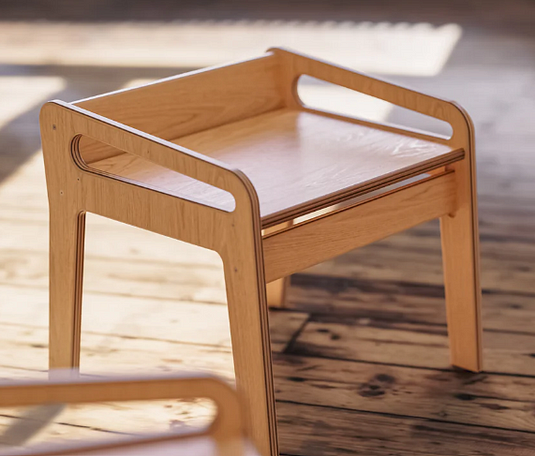
Facilitating Group Learning with Specialized Daycare Tables Design
Daycare tables provide essential surfaces for activities ranging from art projects to mealtime gatherings in early childhood settings. Well-designed daycare tables feature washable surfaces with appropriate height for comfortable access by seated children. When selecting daycare tables, consider options with adjustable height capabilities or specific sizes designed for different age groups and activity types.
Creating Holistic Learning Environments with Montessori School Furniture Collections
Montessori school furniture embodies the educational philosophy's respect for children through appropriately scaled, functional designs that support independence. Complete Montessori school furniture collections include chairs, tables, shelves and storage units that work together cohesively with consistent design elements. When outfitting a space with Montessori school furniture, prioritize natural materials, minimalist aesthetics, and proportions that respect children's developing bodies.
Enhancing Customer Experience with Portable Coffee Stand Mobility
A portable coffee stand offers versatile beverage service that can adapt to changing needs and locations within commercial or educational environments. An effective portable coffee stand features lockable wheels, stable construction, and convenient storage for supplies and serving items. When designing a portable coffee stand, consider height ergonomics for servers, durability for frequent movement, and aesthetic appeal appropriate to the intended setting.
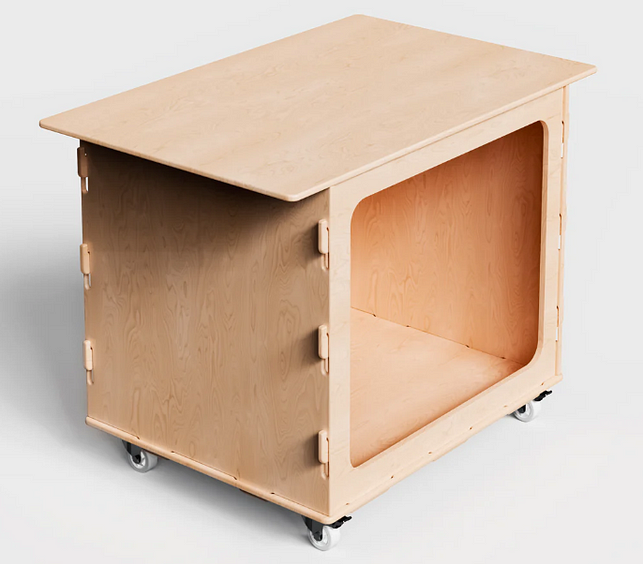
Organizing Learning Materials with Accessible Montessori Shelf Displays
The Montessori shelf represents a cornerstone of the educational philosophy, providing ordered, accessible display of learning materials that invite exploration. An authentic Montessori shelf features low height, open design, and sufficient space between materials to create visual clarity and order. When implementing a Montessori shelf system, arrange materials from simple to complex, left to right, to support children's natural progression through learning activities.
- Accessibility
Montessori racks are designed to be easily accessible for children, with materials placed at their eye level. This allows children to choose activities independently, promoting decision-making skills and self-confidence. - Order and Structure
Organizing materials on shelves creates a sense of order and structure in your child's environment. This helps children understand where things belong and encourages them to maintain a tidy space. - Rotation of Activities
Montessori shelves make it easy to rotate materials and activities, keeping your child engaged and interested. As your child masters certain skills, you can replace those materials with new, more challenging options.
Creating Communal Seating with Traditional Long Wooden Bench Craftsmanship
A long wooden bench provides efficient seating solutions that support collaborative learning and community building in educational settings. Well-crafted long wooden bench designs feature sturdy construction with proper reinforcement to support multiple users simultaneously. When placing a long wooden bench in learning environments, consider appropriate height for the intended age group and sufficient space for comfortable seating without crowding.
Supporting Proper Posture with Ergonomic Classroom Chair Design
The classroom chair represents perhaps the most frequently used furniture item in educational settings, demanding thoughtful ergonomic consideration. Quality classroom chair design features appropriate seat depth, supportive back angle, and height proportionate to accompanying desk surfaces. When selecting a classroom chair, consider stackability for storage, durability for constant use, and size options to accommodate students of varying ages and heights.
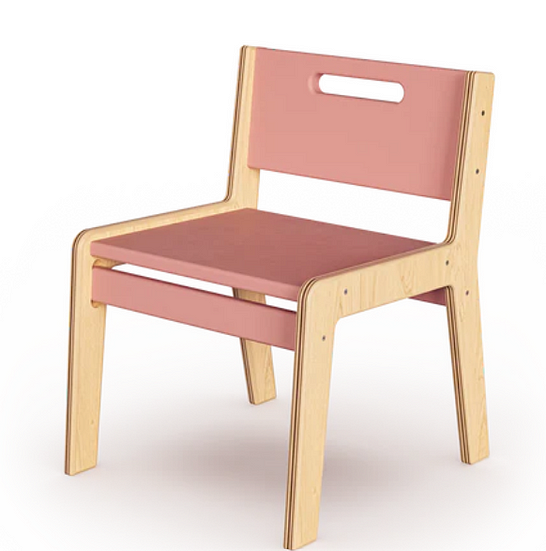
Organizing Educational Materials with Montessori Shelves Systems
Montessori shelves provide the foundation for the prepared environment, offering accessible, ordered display space for learning materials. Effective Montessori shelves feature low heights with open fronts and backs, allowing children and teachers to access materials from either side. When arranging Montessori shelves in learning spaces, consider traffic flow, natural light sources, and logical grouping of related learning activities.
Maximizing Seating Efficiency with Classroom Benches Arrangements
Classroom benches offer space-saving seating solutions that accommodate more students in limited floor areas while promoting collaborative learning. Well-designed classroom benches feature sturdy construction with appropriate height and optional backrests for extended sitting comfort. When implementing classroom benches in educational environments, consider combinations with tables of corresponding height and arrangements that facilitate group interaction while maintaining clear sightlines to instructional areas.
- Improving classroom seating is a simple but effective way to encourage students to be active learners. Experienced architecture firms know how to design seats that work well for every learning style and lesson plan. Even if you're on a tight budget, seating renovations are inexpensive and easy to implement.
- With thoughtful design and creative classroom seating, architects can make a meaningful difference in the lives of students and teachers alike. Flexible seats make students feel better supported and more focused in class. Teachers can also be more creative with their lessons. This simple change in the classroom has the potential to transform the way students learn for the better.
Developing Organizational Skills with Shoe Shelf for Kids Systems
A shoe shelf for kids teaches valuable organizational habits while keeping entryways tidy in homes, classrooms, or childcare facilities. Effective shoe shelf for kids designs feature individual compartments clearly designated for each child, often with picture or name labels for easy identification. When implementing a shoe shelf for kids, position at accessible height with adequate space for winter boots and consider adding hooks above for coordinated jacket storage.
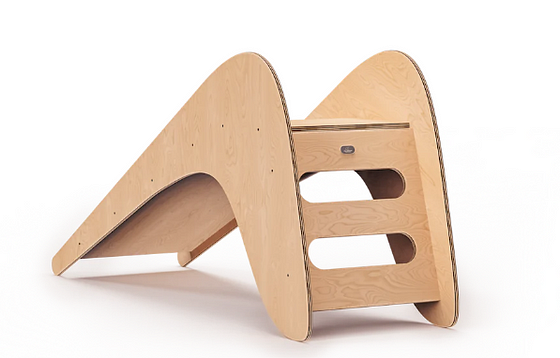
Is Your Classroom Ready for Transformation?
As we consider the educational landscape of tomorrow, perhaps the question isn't whether we should incorporate offset designs into Montessori environments, but rather how we can do so most effectively. Have you examined your learning spaces through fresh eyes lately?
Could a thoughtful rearrangement of your shelving unlock new potential in your students? Sometimes, the most profound educational advances come not from new materials or methods, but from reimagining the physical context in which learning takes place.






